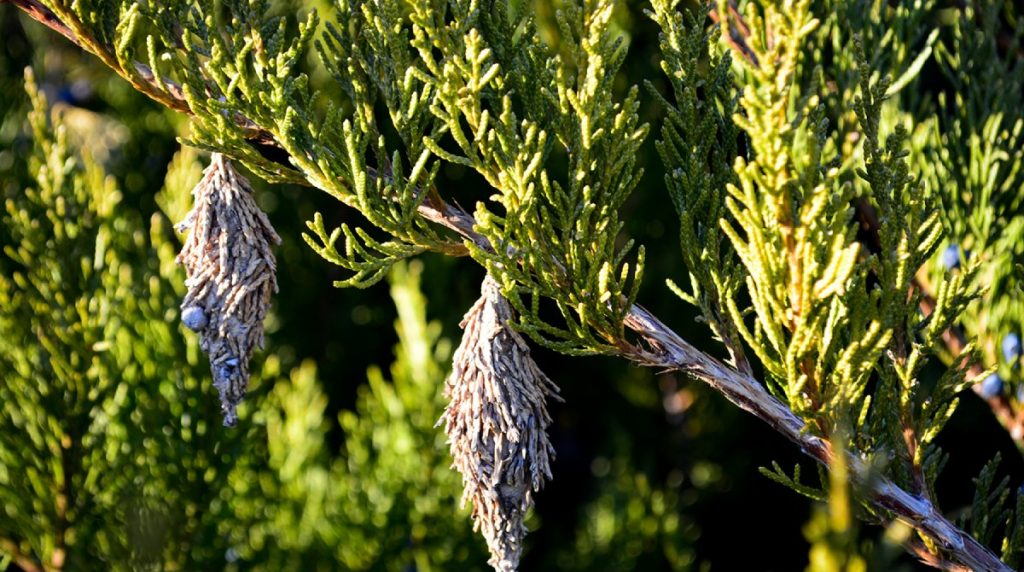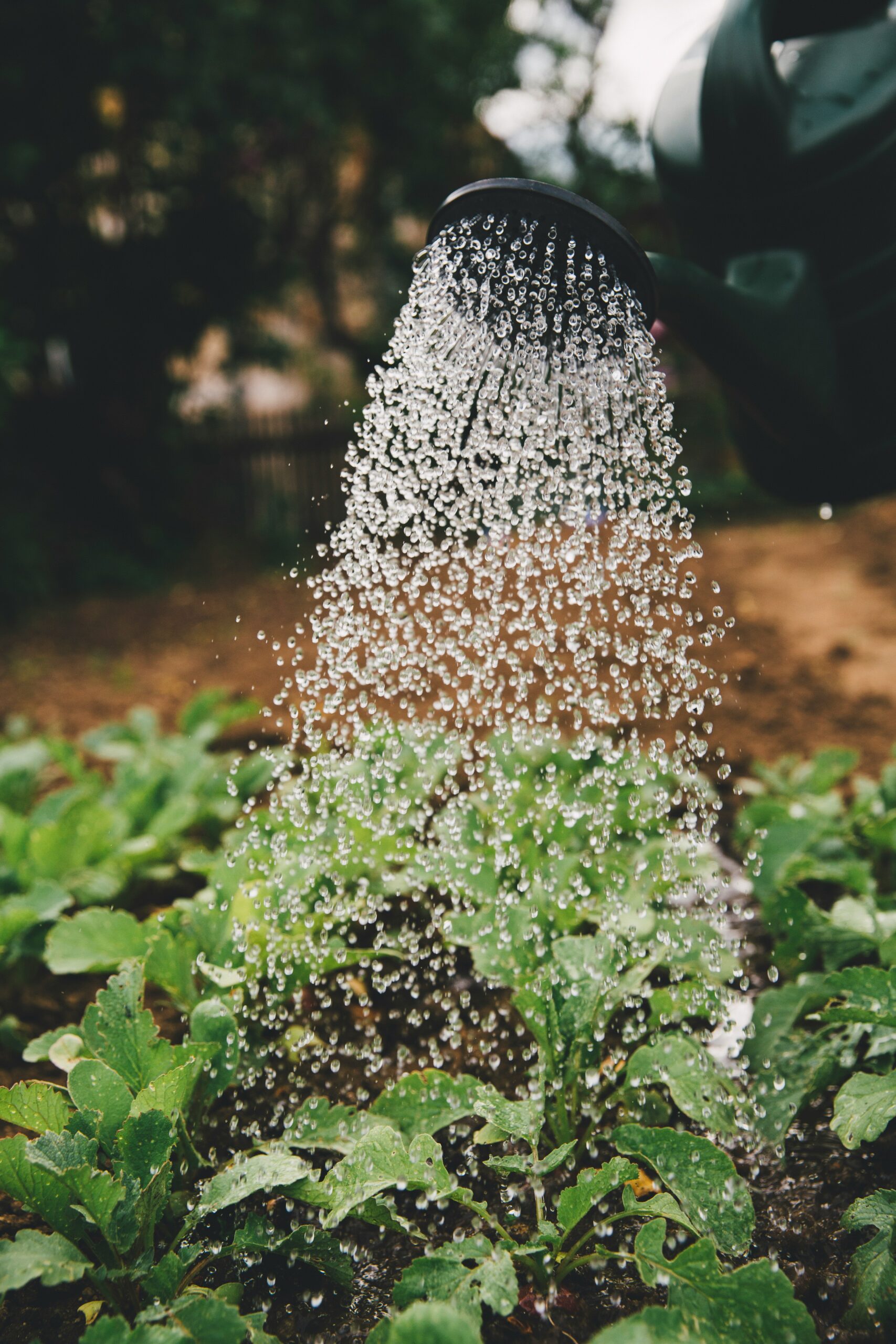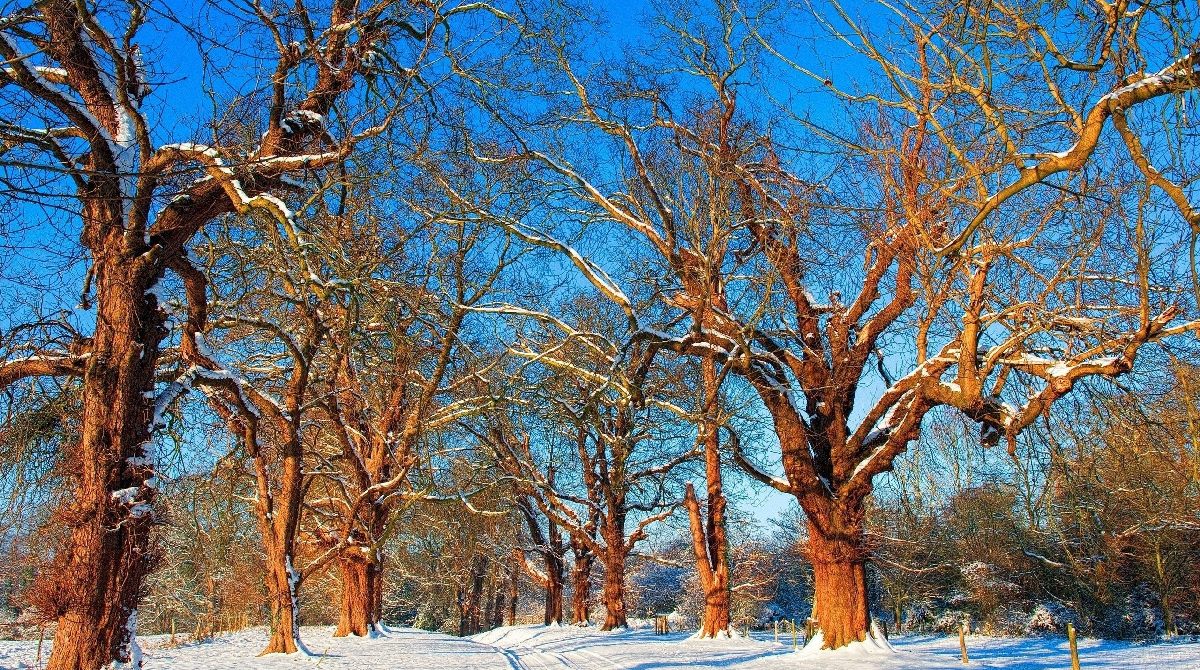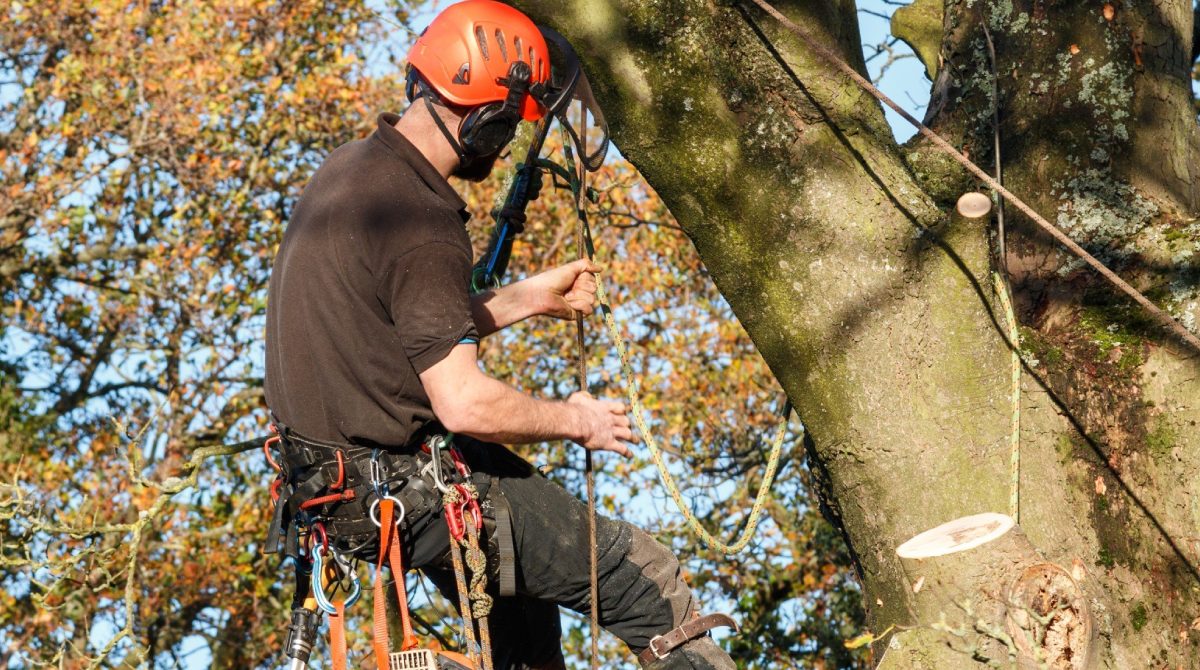
Date May 28, 2022
Category
Bagworms are a common sight during the late spring and summer months, as they spin their characteristic bag-like cocoons around the branches of trees and shrubs. While they may seem like a mere nuisance, these pests can actually do quite a bit of damage to plants. Today, we will take a closer look at how bagworms injure trees and what you can do to protect your plants from them!
What Are Bagworms?
Bagworms are small caterpillars that spend their larval stage inside of a silken bag. They get their name from these bags, which they use for both protection and camouflage. The bags are made up of bits of plant material, including leaves, twigs, and even bark, all woven together with silk produced by the larvae.
The bags are often mistaken for pine cones or seed pods and can be found on the branches of trees and shrubs. Bagworms are most often found on evergreen trees and shrubs, as they prefer these plants to lay their eggs. However, they will also attack deciduous trees and other types of plants if given the opportunity.
As they grow, bagworms will add more and more material to their bags, eventually reaching lengths of up to two-four inches. Once they reach maturity, bagworms will emerge from their bags as moths and mate. The females will then lay their eggs inside of the bags, before dying off. The eggs will hatch in the spring, and the cycle will start all over again.
How Do Bagworms Harm Trees?
Bagworms injure trees in two ways: by feeding on the leaves and by causing physical damage to the bark.
Feeding on the Leaves
Bagworms feed on the leaves of host plants and can quickly strip a tree or shrub of its entire foliage if left unchecked. This feeding can damage the tree’s ability to photosynthesize as well as weaken its overall health, making it more susceptible to disease and pest attacks.
Causing Physical Damage to the Bark
Bagworms also cause physical damage when they build their bags. The bags are made of silk and bits of leaves, twigs, and other plant material. As the caterpillars grow, they add more material to their bags. This can rub against and damage the bark of the tree, making it even easier for diseases and pests to invade the tree.
If left untreated, bagworms and the damage they cause often ultimately end up killing the host tree.
What Are Some Signs of Bagworms on a Tree?
There are a few telltale signs that your tree is infested with bagworms:
- You see small, brown “bags” hanging from the branches. These are made of silk and bits of leaves, twigs, and other plant material.
- You see damage to the leaves of your tree. Bagworms feed on leaves, so you will likely see chewed leaves or skeletonized leaves.
- Your tree is losing vigor. If bagworms are present in large numbers, they can rob your tree of the nutrients it needs to stay healthy. This can cause yellowing leaves, premature needle drop, and overall decline.
If you see any of these signs, contact a tree care professional at TreeNewal right away.
How To Prevent Bagworms
Fortunately, there are a few things you can do to prevent bagworms from damaging your trees and shrubs. First, make sure to regularly inspect your plants for signs of infestation. If you see any bagworms or their bags, be sure to immediately call on TreeNewal tree pest management to remove them right away.
You can also take steps to discourage bagworms from choosing your plants in the first place. Bagworms are attracted to stressed and damaged plants, so make sure to keep your trees and shrubs healthy! Proper tree care, including regular watering and pruning, can go a long way toward preventing bagworm infestations.
What Can You Do About Bagworms?
If you do find yourself dealing with a bagworm infestation, there are a few different treatment options available. Insecticidal sprays can be effective but must be well-timed to achieve desired results. It is important to carefully follow the instructions on the product label.
Mechanical controls involve physically removing the pests from your plants. This can be done by hand-picking the larvae from the plants or using a high-powered vacuum to remove them.
Take Control with TreeNewal
Taking steps to control bagworms can help to protect your trees and shrubs from these damaging pests. TreeNewal of Dallas, Texas is a tree care company that can help you to protect your trees from bagworms and other pests. Our Certified Arborists are experts in tree disease management and can create a custom plan to keep your trees healthy and pest-free. Contact us today to learn more about our services!
If you need advice or assistance with a bagworm tree pest infestation, get in touch with the ISA-Certified Arborists at TreeNewal and enjoy tailored tree care advice.
To learn more about Bagworms: How They Injure Trees and What You Can Do About It, call our Argyle and Southlake-based teams
at (817) 592-6846 or send us a message.
We’re a little different than the average tree services company.
Learn more about TreeNewal’s ISA Certified Arborists!
Our Dallas/Fort Worth-based tree doctors can explain how sustainable tree care services add more value to your bottom line.
Healthy trees, healthy lives.








